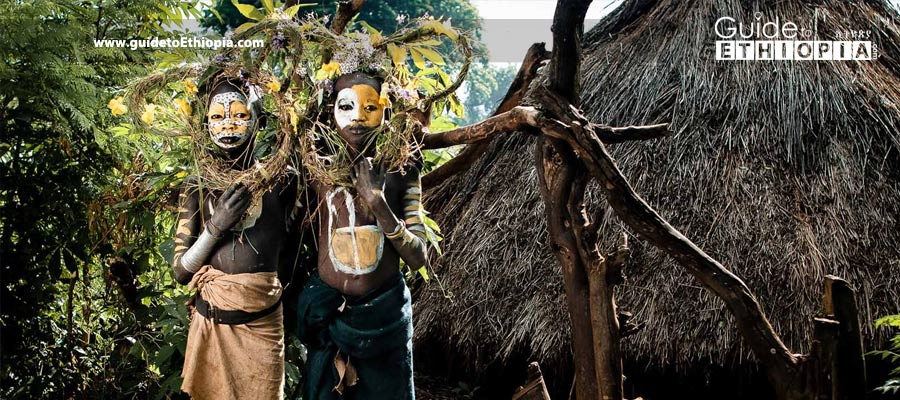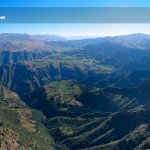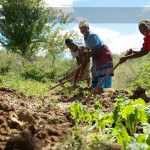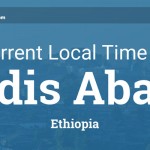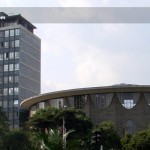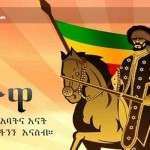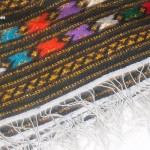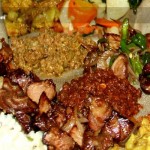Ethiopia, with a population of up to 93.8 million by some estimates, is the second most populous nation in Africa. The Ethiopian people are composed of different ethnic, religious, and linguistic backgrounds ranging from Cushitic and Nilotic, like other East African countries, to Semitic like those found in the Middle East. The population is composed of more than 80 ethnic groups. The Oromo and the Amhara are the largest groups.
Courtesy and hospitality are virtues that have transcended time and generations in Ethiopia, inviting visitors to truly feel welcome. A few words of a local language, no matter how broken they may be, will go a long way in the kind hearts of the people. The day-to-day rituals of the diverse cultures, the traditional ways of eating delicious spicy sauces by hand with enjera flatbread, and the wholesome aromas of Ethiopian coffee ceremony can only be fully experienced by indulging oneself in these delights.
Language A country of up to 90 languages and more than 200 dialects, Ethiopia is a multiethnic state with a great variety of languages spoken in one country. The official working language of Ethiopia is Amharic, with its own distinctive writing system, while Tigrinya, Guraghegnya, Sidama, Somali, and especially Oromiffa are widely spoken, not to mention English, especially among the capital’s younger generations. English is understood in most hotels and major towns. It is also the medium of instruction in secondary and higher education institutions.

